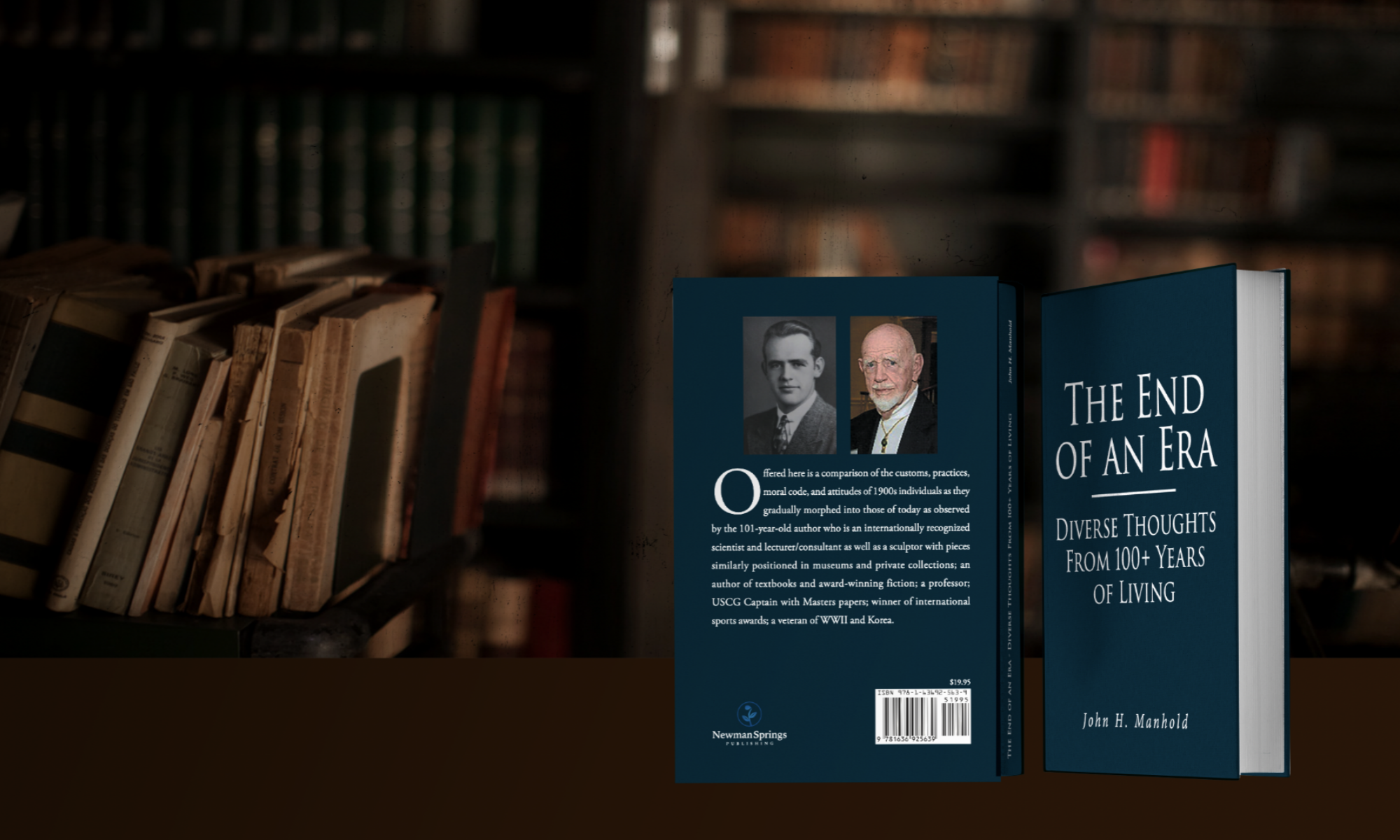Apollo’s Raven ISBN: 9781647040543 Apollo Raven Publisher copyright and written by Linnea Tanner.
This Book One in the Curse of the Clansmen and Kings Series is a novel “based on historical fantasy and mythology of the southeast Celtic tribes” of Britannia beginning in the days just prior to the Roman invasion in 43 A.D. It is the time when the Gods were many and each culture embraced its own. Apollo was the powerful Sun God totally embraced by the Romans and their powerful legions, although seemingly he received some degree of respect by the Celts but mostly they, and their heavily muscled fierce warriors, embraced several others arising from legends stemming from Ireland and Wales with extensive belief in mysticism as conjured up by the Druids. The book opens in this period when Rome’s emperor is making exploratory moves before deciding whether to invade the islands.
The protagonists are Celtic princess Catrin, youngest daughter of Amren, king of one of the tribes and Marcellus, son of the pompous Roman Senator who is exploring whether to support Amren or Cunoblin, an adjoining powerful Ruler, if the Emperor decides to invade. Complications are numerous in that the latter had arranged a marriage between a daughter and Marrock, Amren’s oldest son whom he had banished from his country for treasonous activity. He believed that, perhaps with Rome’s help, he could arrange to replace Amren by restoring him to his ex-father’s position. Marrock was aligned with Agrona, the Druid Priestess whom Amren trusted but who secretly was working to gain control of the kingdom. Rhiannon, Armen’s second wife did not trust Agrona but deferred to her husband’s decision to put her second in command after herself. From this complicated beginning, even greater confusion emerges from rampant distrust and intertwining acts of deceit, deception, treachery and betrayal and the appearance of shapeshifters and abundant other mystical activity.
Discussion: Spinning this tale and its subsequent volumes no doubt has been, and will continue to be, a difficult task. “The Celts left almost no written records. Historical events had to be supplanted by Greek and Roman historians and medieval writers who spun Celtic mythology into their Christian beliefs, Archaeological findings from this time period also help fill in the gaps.” Under the circumstances the author has done a quite remarkable job of creating a very suspenseful historical/mythical/romance of considerable proportions. It is a story that will fascinate devotees of these several genres.
5* Suspenseful historical/mythical/romance devotees will thoroughly enjoy.
